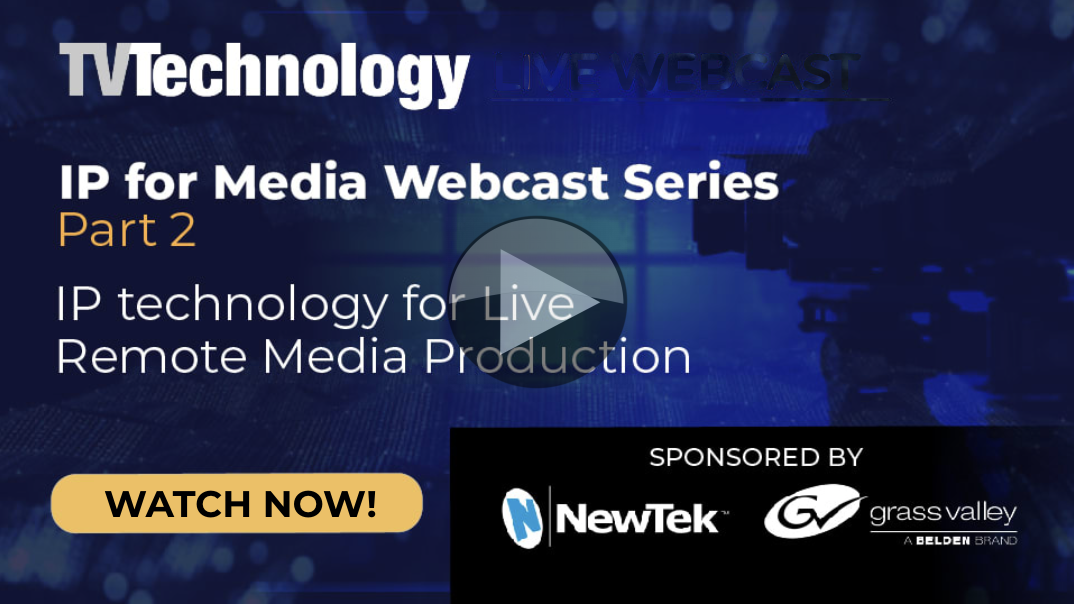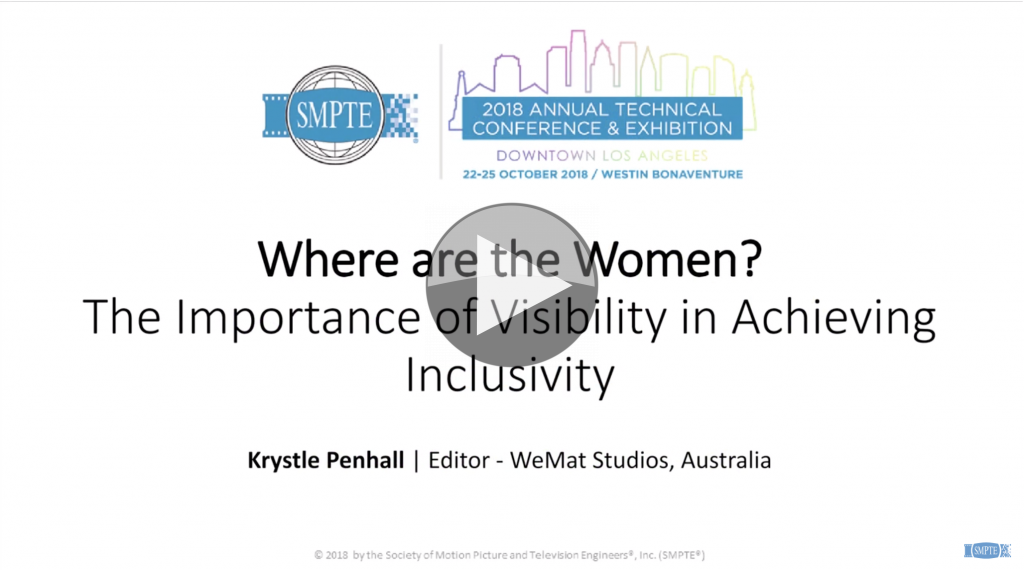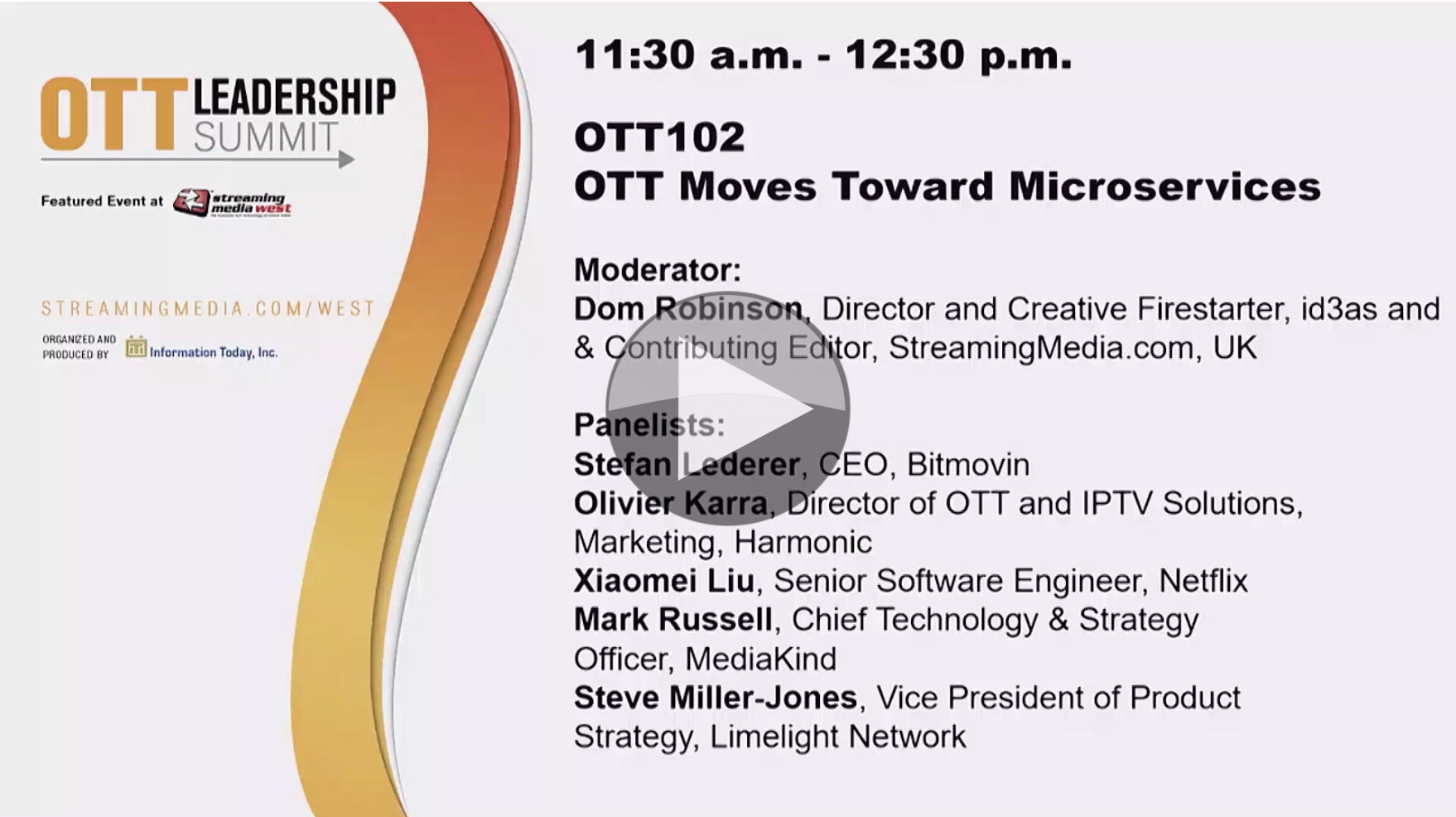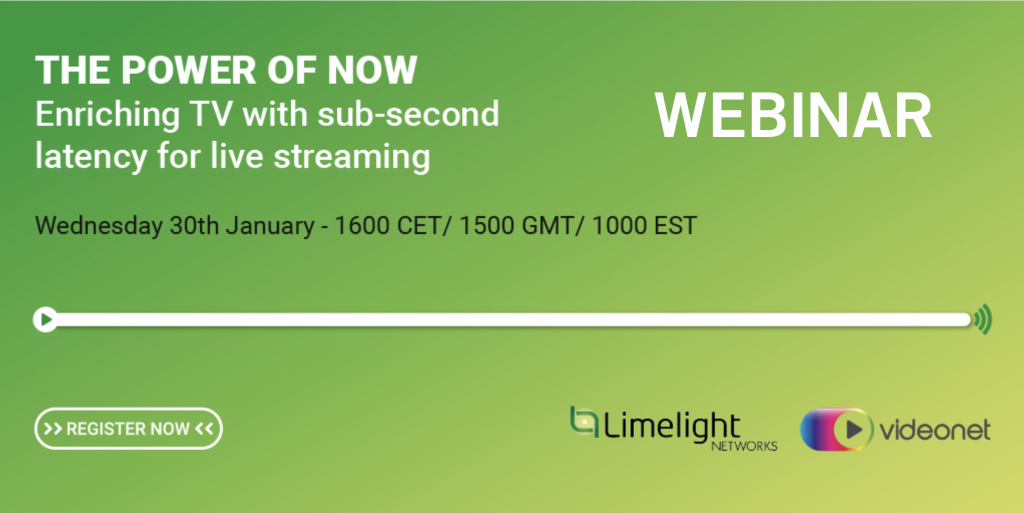Following on from last week’s post part II is here. Wes Simpson looks at use of IP in Remote Production/Remote Integration (REMI) and finished with a panel discussion including Newtek and Grass Valley, a Belden brand.
This video talks about:
- Why Broadcasters need networking?
- Typical Live remote sports broadcast roles
- Overview of video & audio Signal types
- HDR & Wide Colour Gamut (WCG)
- Data (metadata, scripts etc)
- REMI – Remote Integration, AKA ‘Remote Production’ in Europe.
- Overview of what tasks can be done at base, what still needs to be done ‘on-site’
- Uncompressed formats summary (SDI, 2022-6, 2110)
- Slice-based compression
- Mezzanine compression
- TR-01 for carrying JPEG 2000 & audio
- Bonded Cellular
- Packetloss & FEC (Forward Error Correction)
- 2022-7 – route diversity
- Typical delays
- Plus a panel discussion
Speakers
 |
Wes Simpson President, Telecom Product Consulting |
 |
Tom Butts Content Director, TV Technology |











